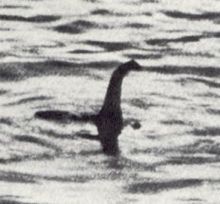
My mind is on simplicity. The beach and reading about Charles A. Lindberg’s explanation of what it means to live in the core versus living on the periphery of life will do that to you.
In his autobiography, Autobiography of Values, he says, “the tempo of modern civilization has a centrifugal force that carries us outward from the core of life toward ever-expanding peripheries. We should return frequently to the core, and to basic values … to natural surroundings, to simplicity and to contemplation. Long ago, I resolved to so arrange my life that I could move back and forth between periphery and core.”
Lindberg developed the ability to sense immediately when he was living on the periphery or in the core. “I knew when I felt the sense of ‘core,’ when the balance of body, mind and sense was reached, when there was no element of pressure, hurry or distraction. I was related to my surroundings yet independent of them in an extraordinary way. The simple was always present; I found it was only through simplicity that I could immerse myself in time until I realized that time offers a release from tempo.”
I write this on my first full day of “living on the periphery so I can get back to my core!” No wonder I sought some words on simplicity. Leadership guru, John C. Maxwell identifies two myths about simplicity.
First, he says, we often associate simplicity with a lack of depth or shortage of intelligence. Conversely, we ascribe intelligence to people who communicate using big words or hard-to-grasp concepts. The issues we face in life can be complex, with all sorts of intricacies, but as leaders and communicators, our job is to bring clarity to a subject, reducing rather than adding to its complexity. Simplicity is a skill, and it is a necessary one if you want to connect with people when you communicate.
A second myth about simplicity, Maxwell says, is that simplicity is easy. He writes, “To us, simplicity means taking shortcuts and denying the complex reality of life. However, in a society flooded with information, simplicity has never been more difficult to achieve. Nor has it ever been as important.”
All this sounds like something I wrote in my journal a long time ago: “Sometimes going back is the quickest way to go on.” If we go back to “the core,” a place to gain perspective, life simplifies and we face “the periphery” with clarity and strength. Simple never sounded so good!

